Photography is one of the most expressive arts. A cleverly and skillfully taken picture is able to cause all kinds of emotions and feelings, it is able to inspire, mesmerise, captivate as well it is able to scare, depress or shock. Photography is an extremely powerful art. It has the capacity to manipulate people’s minds and opinions, put images and ideas in people’s heads, make them choose sides, have preferences, form points of views.
Photography captures the moments that are gone, portrays the reality of the past, and preserves the images that used to be real at the second when the photo was taken. This is why one of the special features photography possesses is the ability to cause nostalgia. The birth of photography happened in 1830s and immediately the opportunity of capturing the images and events of armed conflicts, battlefields and war started to be explored.1
The ability to present the photographs of reality happening at the front lines to the public and raise the social awareness of the horrifying events happening in the world was a new break through for many sphere of life such as politics, economy, mass media and public affairs.
There is a well known saying that one photograph is worth of a hundred words, and this is true, as the photos are able to communicate all the multiple layers of the reality presented in them. Photographed images strike us more deeply and more directly than any verbal descriptions. These days it is hard to imagine that there were times when the newspapers had no pictures in them and all the events were presented through long and detailed descriptions.
First time a photographer officially went to take photos of the battle fields was during the Crimean War in 1850s. It is needless to say that the equipment of the photographer of that time was very different from what modern war photographers carry with them. 1850s photo reporter was loaded with massive cameras made of wood, huge tripods of different sizes, boxes filled with glass plates and bottles filled with various chemicals, some of them very dangerous.2
All of these things were essential for a person, who intended to capture the images of the reality of their time. It also goes without saying that such heavy and inconvenient load of equipment could not possibly be carried by a human being, so the first war photographers had cars – vans that were hot and slow made the people in them perfect targets for the gunfire.
This is why initially the occupation of a war photographer was considered extremely dangerous and this is why the number of photographs capturing battlefields of that time is very small and they value is very high. There were many anonymous photographs taken at the battlefields, many people volunteered to catch the horrifying events on film during 1830s and 1840s during multiple bigger and smaller conflicts.
Officially the Crimean War was the first European conflict that was presented in large amount of photographic images. The name of one of the very first well known war photographers in our history is Roger Fenton. During the Crimean War this brave man willing to document the events of the war visited the cities of the Crimea and took many beautiful and memorable shots that are still being admired by the modern viewers.
In other words, The Crimean War was the place where the genre of War photography was born.3 To the modern eye the first photographs of wars are unimpressive and unexciting. Basically, for the contemporary audience those photos are just a pile of static images of buildings and posing soldiers or some landscapes with occasional cannon balls scattered around.
There are no photos of actions taken in the very middle of the heated battle, a military attack or dramatic explosions. This is easily explained by the exposure time available to the photographers of that time. Roger Fenton’s record was three seconds.4
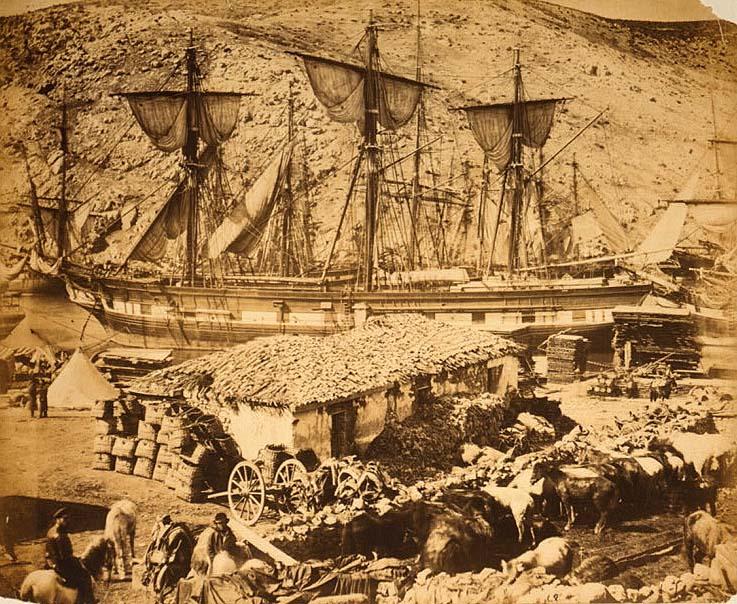
The profession of a war photographer is hard not only in physical aspect. War photographers get to witness all kinds of horrors and shocks. Their lives are in constant danger and their bodies are under a lot of pressure. These people put everything at risk for the sake of an image, an image that will make people see the truth, the reality the way it is, and try to make the audience experience at least some small part of the huge range of emotions that the photographers experienced looking at the events through the lens of the camera.
The confessions of the war photographers strike with their drama and powerful feelings. Adam Fergusson, the war photographer who visited Afghanistan in 2009 says that being a photographer makes a person feel helpless, because after some awful bombing you see a shocking scene with many injured and dead people, suffering and crying is everywhere, soldiers are doing their job, medics are helping the people, everyone is saving someone, but only a photographer is there to take pictures. This creates a certain emotional trauma.
Fergusson says he felt sad after he won an award for the image he took at war, and his mind was rejecting the celebration caused by something tragic he had captured with his camera. The photographer Alvaro Ybarra Zavala, who went to Congo in 2008 admits that he often asks himself why he chose this occupation. His answer is that he wants to show the best and the worst faces of the humankind to the public.
Lynsey Addario, who worked in Libya during the conflict in 2011 and was taken hostage together with other photographers, says that the work of a war photographer takes a lot of talent, yet it takes even more luck. His friends were killed several weeks after he was released.
Addario mentions that when friends who also were doing the same job die, it makes you doubt your choice of a profession. Joao Silva lost his both legs after stepping on a landmine, yet he managed to capture the moment of his own explosion, the second when he was thrown up in the air. The profession of a war photographer takes a lot of passion and devotion. Silva says that most people think that photographers do it for the adrenaline, yet not many keep coming back to places like Iraq.
The photographer mentions that capturing firefights can be exciting, but photographing the consequences of a bomb dropping on a peaceful village, seeing dead children and mother crying over their bodies is horrible. War photographers have to intrude into the most private moments like that to give the world a chance to see those scenes.5
The world of photography is the world of various points of view. This is why it is very important who holds the camera. Sometimes the cleverly cropped image can be twisted to show the absolutely opposite version of the reality that was actually captured in that photo.
Photographers always have opinions, like any humans, yet they have to stay objective, they need to pull themselves together and take pictures of horrifying things, because war photographers function as the eyes of the whole world, they are the witnesses of important events the rest of the world must be able to see.
The profession of a war photographer is admirable and risky. Robert Capa, one of the first world renown war photographers, who worked during the Vietnam war and managed to document really shocking moments of battles and human sufferings, once said that the image can only be not good enough if the photographer is not standing close enough.6
The war in Vietnam has produced many striking and horrible images. Many war photographers went to document that war and all of the pictures taken there are still overwhelming for any viewer. They touch the hearts of the audience deeply and awake various emotions in them.
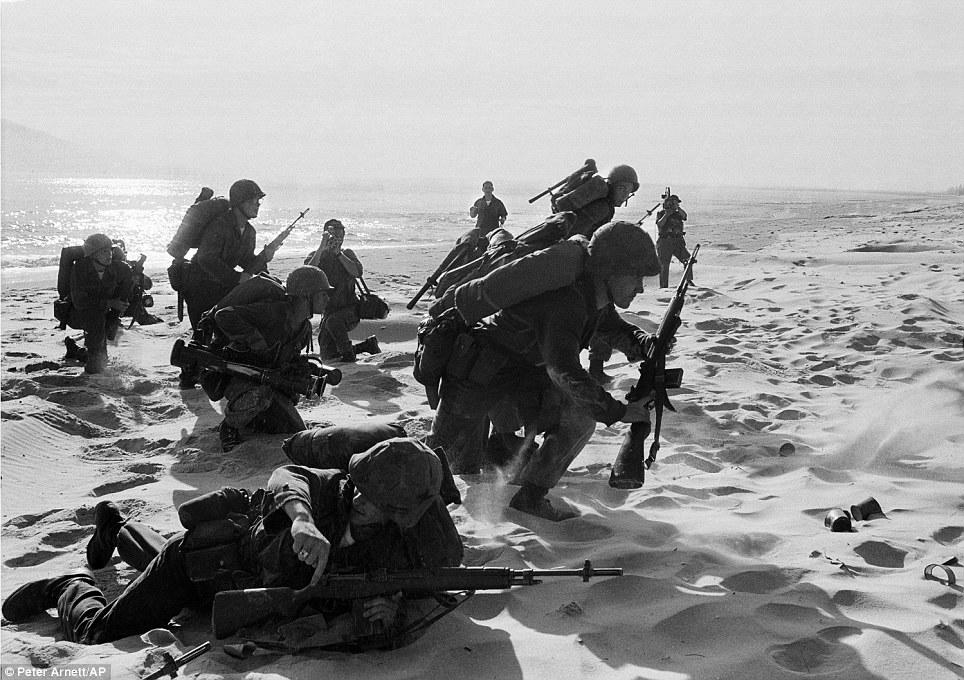
That war left not only scars on people’s bodies and souls, it also put a deep impression not only on the soldiers who fought there, but on the whole world. The work of photojournalists during that conflict has helped to demonstrated the heroism and bravery of the military workers, but also the fear and drama that happened in the families of the civilians that were touched and sucked into the merciless mechanism of war.7
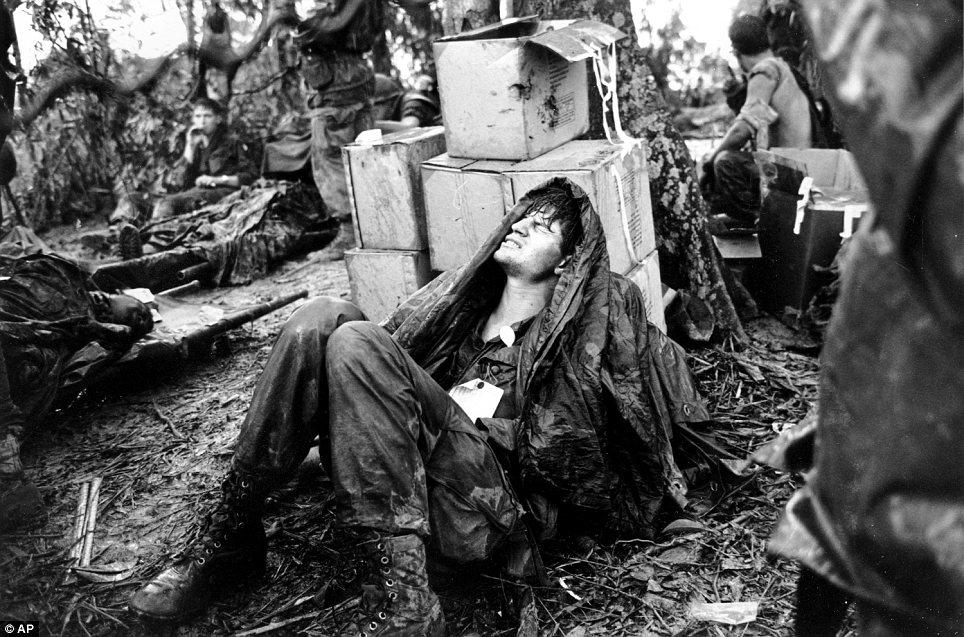
Not many survived that tragedy, but the photos taken by the war journalists will always remind the humanity about the horrors of that time and of any war in general. Various sides of this conflict are shown in the photographs. There are executions of war prisoners, there are children and woman running away from a napalm attack, there are soldiers of various origins resting and smiling, preparing for battles, fighting, laying wounded or dead, sleeping in between the attacks, exhausted by the heat, pain and fear.
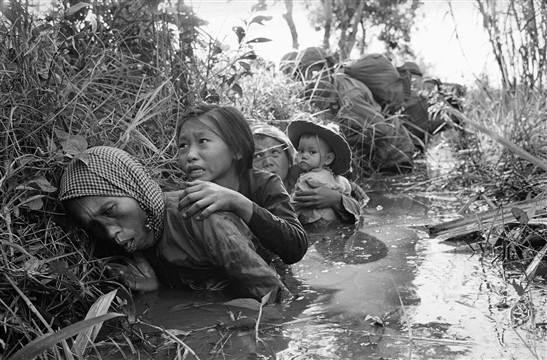
Looking at these photographs, I try to imagine the photographers behind that camera, what position did they take in that social group, what kind of feelings did they experience observing that scary reality, what kind of psychological or physical trauma could they end up having, how many of them did not survive the war, but managed to preserve valuable images that outlived them. It has been fifty years since the conflict began, yet the images are still shocking and painful to look at.8
War is a complicated event with many opinions and many sides, war is a horrible experience for everyone who had to face it, yet it is impossible to ignore the war, to close your eyes and pretend that it is not there. This is why the war photographers risk their lives in the middle of heated armed conflicts every day, to make the rest of the world see what they see.
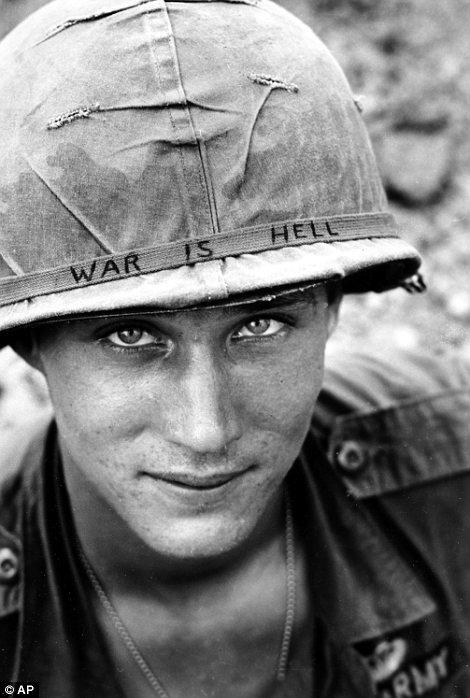
Reference List
An unidentified American soldier, 2013. Web.
A wounded soldier awaits medical evacuation in the Shau Valley, 2013. Web.
Balaclava harbour. Web.
Brothers, C. 2013, War and Photography: A Cultural History, Routledge, London, United Kingdom.
Carmichael, J. 1989, First World War Photographers, Psychology Press, Hove, United Kingdom.
Cinema Directives, 2012. Web.
Crimea: Where War Photography Was Born, 2014. Web.
Marwil, J. 2012, Photography at War. Web.
Nighswander, M. 2014, Vietnam War Photos Still Powerful Nearly 50 Years Later. Web.
Pow, H. 2013, The Real Vietnam: Spectacular images taken by courageous AP war photographers released to remember 50 years since conflict began. Web.
The Shot That Nearly Killed Me: War Photographers, 2011. Web.
U. S. Marines in the Red Beach at Da Nang, 1965, 2013. Web.
Women and children hiding from Viet Cong fire, 1966, 2013. Web.
Footnotes
1 Brothers, C. 2013, War and Photography: A Cultural History, Routledge, London, United Kingdom.
2 Carmichael, J. 1989, First World War Photographers, Psychology Press, Hove, United Kingdom.
3 Crimea: Where War Photography Was Born, 2014.
4 Marwil, J. 2012, Photography at War.
5 The Shot That Nearly Killed Me: War Photographers, 2011.
6 Cinema Directives, 2012.
7 Pow, H. 2013, The Real Vietnam: Spectacular images taken by courageous AP war photographers released to remember 50 years since conflict began.
8 Nighswander, M. 2014, Vietnam War Photos Still Powerful Nearly 50 Years Later.